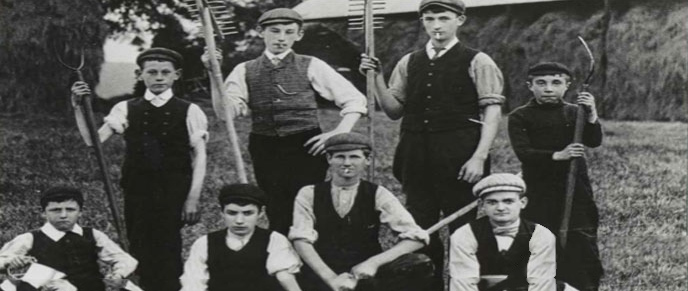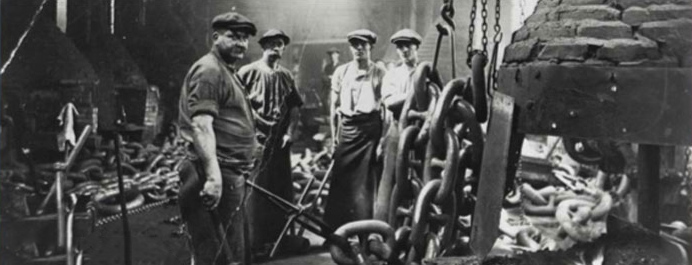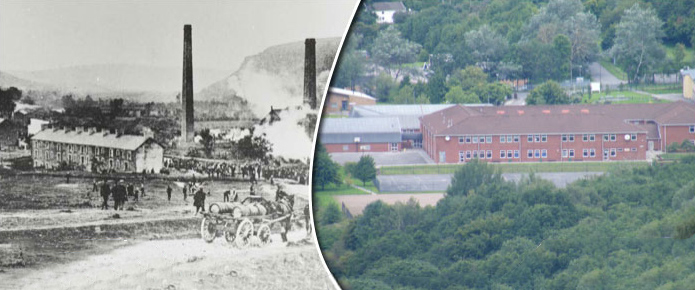Changing employment
Work is an important part of life for many people in the UK and around the world. For this reason it is important that you know:
-
What types of jobs there are?
-
Where these jobs locate?
-
Why they locate where they do?
-
What are the effects of changes in the world of work on places and on people?

Primary Industries
What’s Your Job?
Jobs which involve harvesting resources from the land or sea, or extracting something from the earth are all called Primary industries. Primary means ‘first’ and jobs in the primary industries are always first in the job chain.

Secondary Industries
The products of primary industries such as grain, fish or oil are often made into new products. For example grain is made into flour, fish may be dried to make fishmeal and oil may be refined to make petrol and other chemicals. Industries that make or manufacture products are all called secondary industries. Jobs in the manufacturing industries are often second in a job chain.

Grain is grown on a farm, Grain is milled into flour, Flour is sold in a shop
The third type of industry is tertiary industry. This includes jobs which involve providing services to people such as nursing, hairdressing or teaching. It also has to do with the products of primary and secondary industries: for example selling, repairing or advertising goods.
At some time in their lives, most people will work in a job. There are millions of different types of job but all of them are linked together in some way. We can call these linked jobs ‘job chains’.
Geographers often show information by using a type of diagram called a flow diagram. A flow diagram is a way of showing the movement of something. Drawing boxes, which are linked together by arrows usually, shows it.
Whatever is moving travels along the arrows. Each of the boxes will usually have writing in them to show what it is they represent.

Growing and felling timber, Making into seasoned planks, Making furniture, Selling furniture
In any location there tends to be a change in industry over time. This change is sometimes called industrial development. What this means is that there is a change in an area in the kinds of jobs that people do. In a developed area many people will work in tertiary industries while few will work in primary industries. In undeveloped areas most people will work in primary industries while few will work in tertiary industries. This explains the terms developed and developing countries. The UK is a developed country so we would expect most people to work in tertiary industries.
One way of identifying levels of development is to look at employment structure. This is the % of people employed in primary, secondary and tertiary industries. This information is usually found by a survey of all the population called a census.

Primary Industries, Tertiary Industries
Activity
Carry out your own census in your class to find the employment structure of a place in Wales. Find out the numbers in each sector – maybe convert them to % or draw pie charts and compare them to the country profiles in the Changing Order of Economic Power article.

